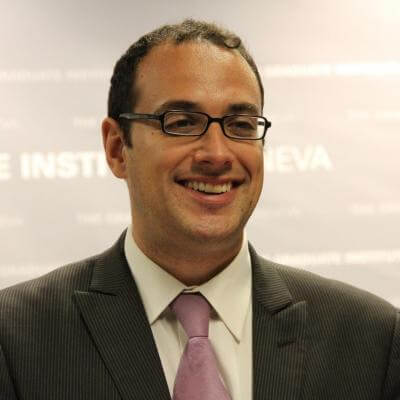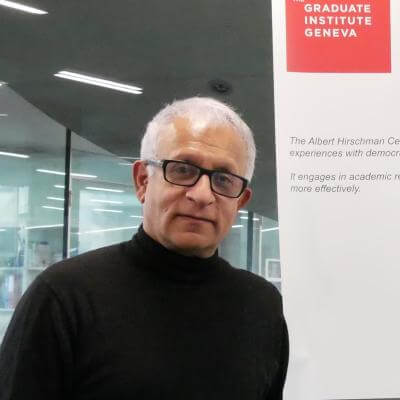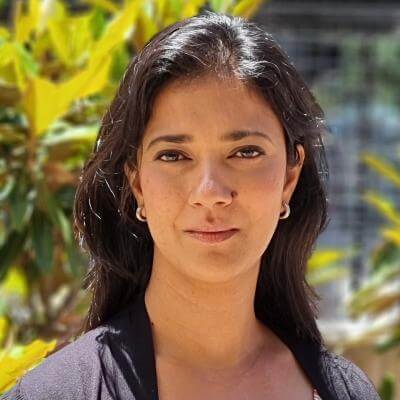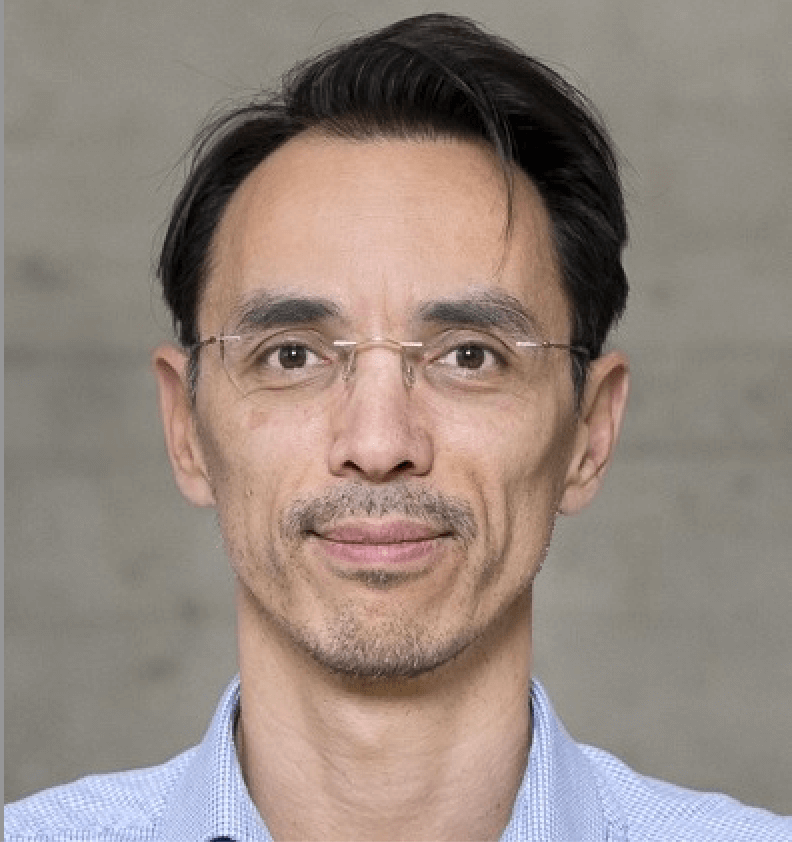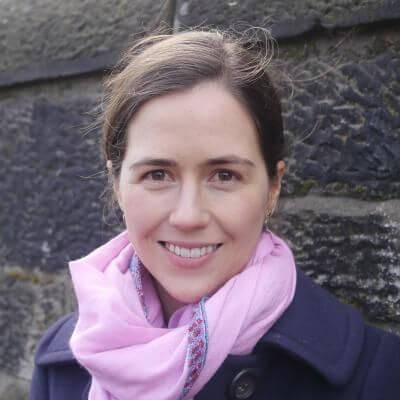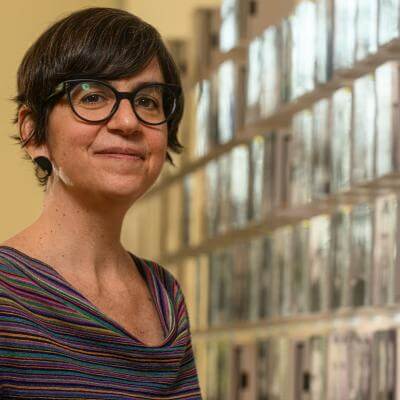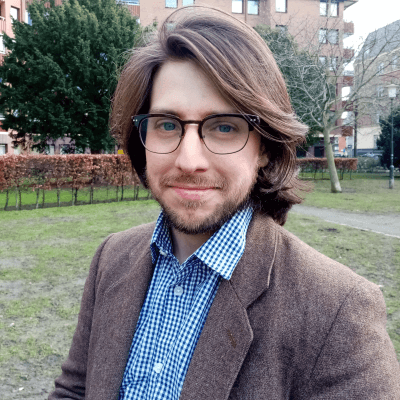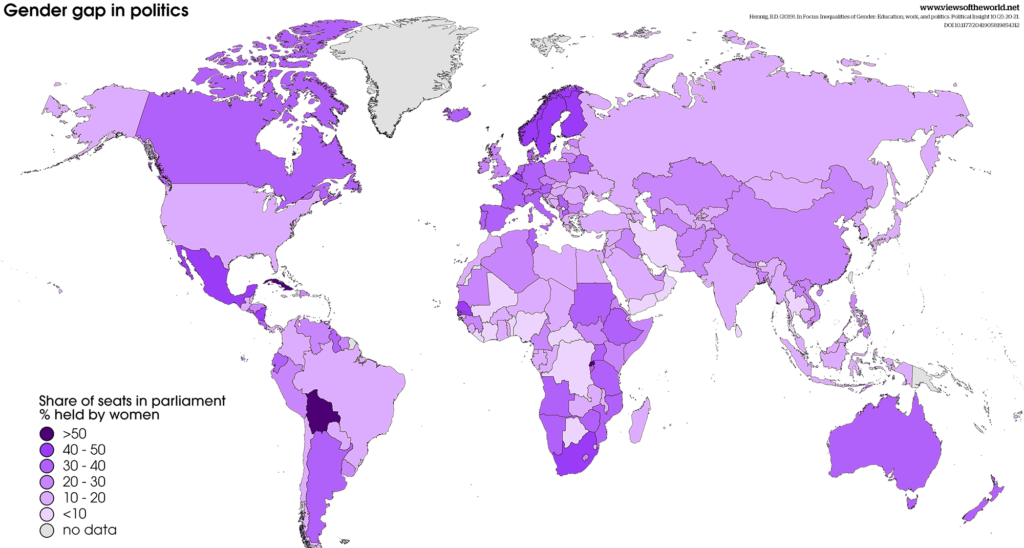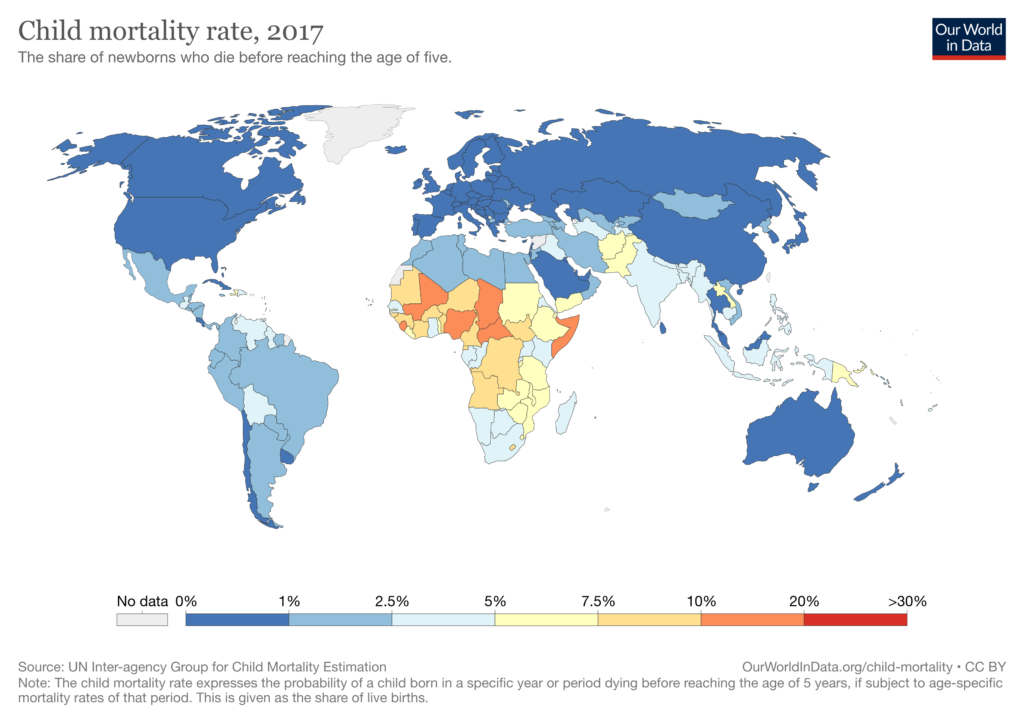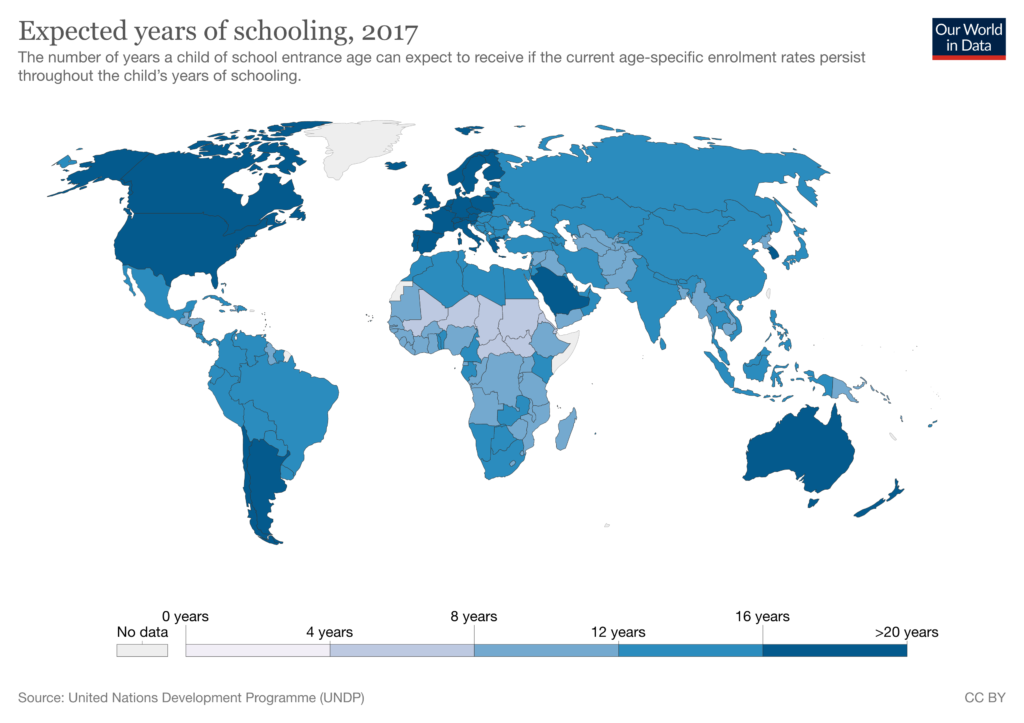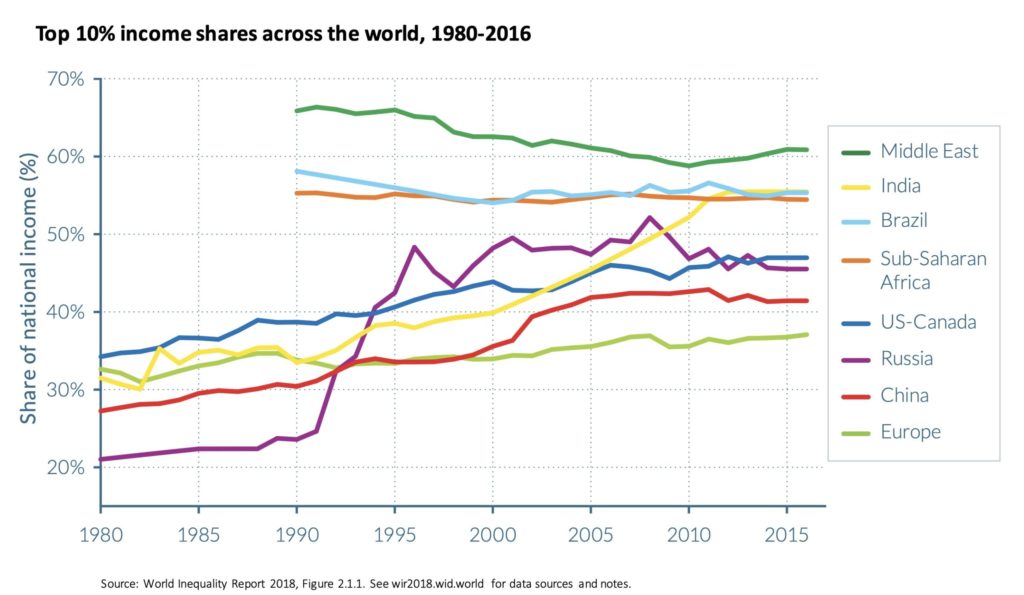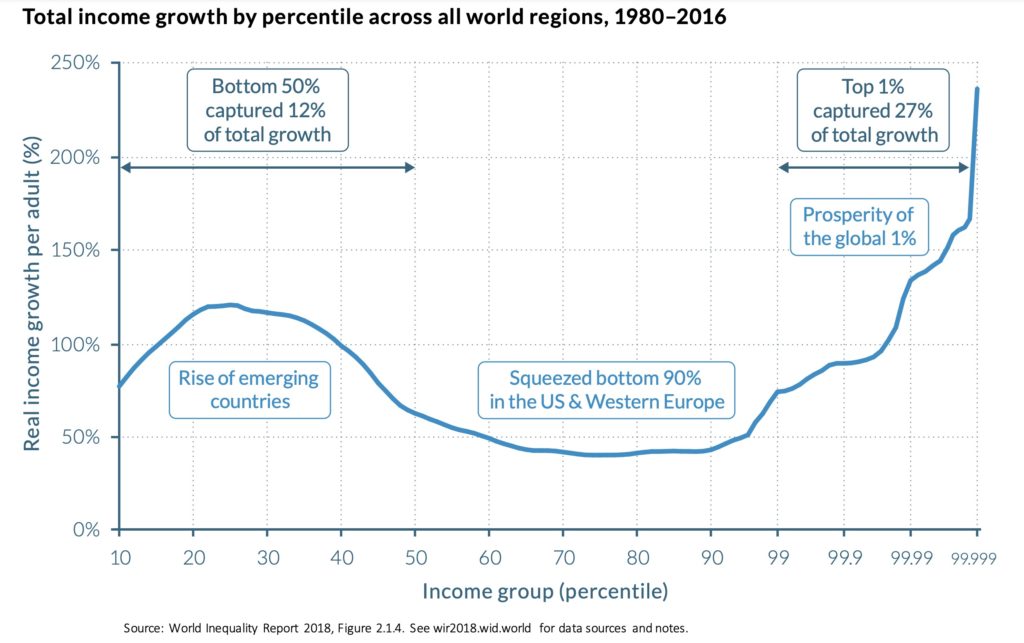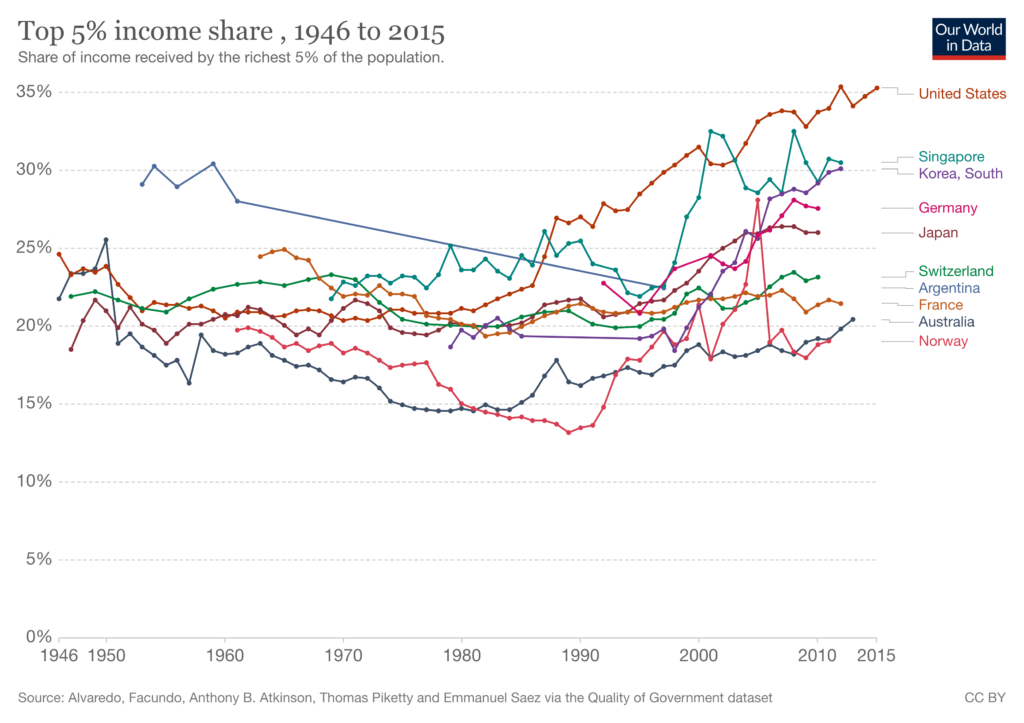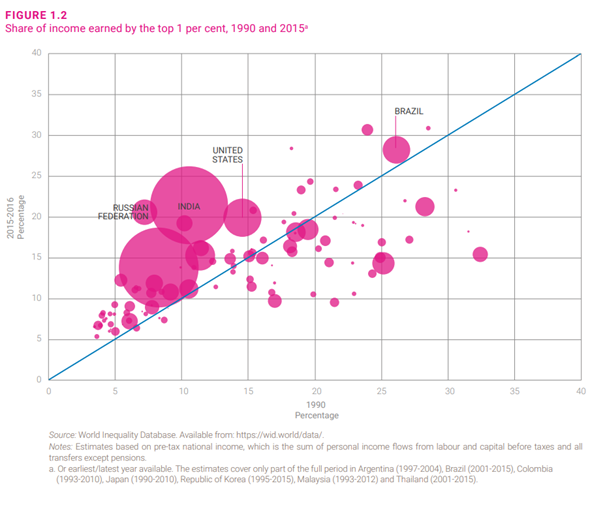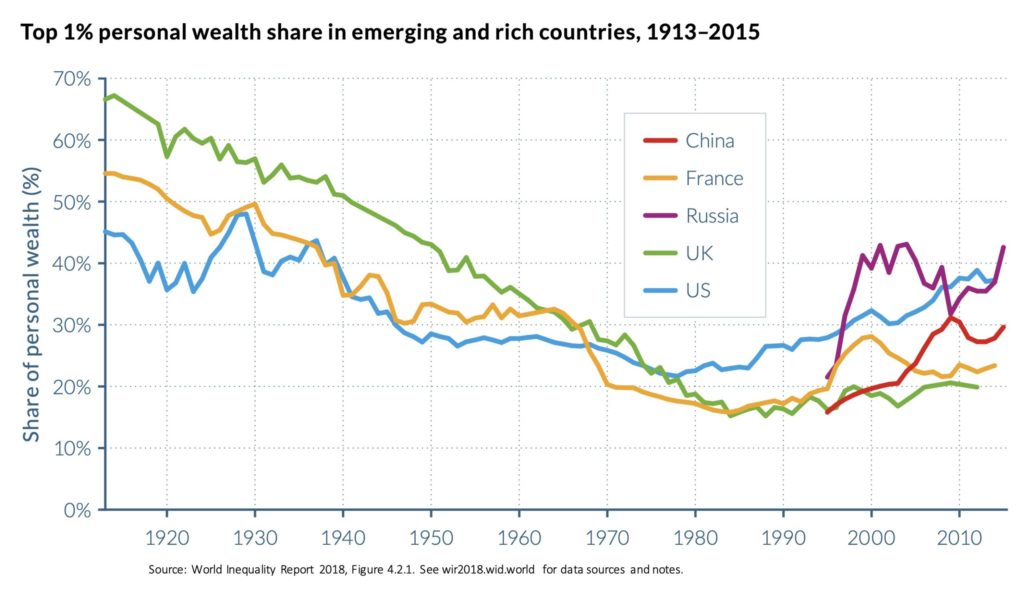How the Pandemic Deepens Health Inequities: The Case of the United States
The COVID-19 crisis has weaponised the jagged edges of society, increasing inequities and making them even more lethal. Ongoing legacies of racialised exclusion and geographic disinvestment are multiplying the deadliness of disease and deepening divisions in societies. In the United States, Black, Native, Latinx communities and many other people experiencing poverty in the country’s largest cities are disproportionately infected – and disproportionately dying.
Since the WHO declared COVID-19 a global pandemic, I have been working with physician-anthropologist colleagues at the University of California, who deliver care in community hospitals throughout the state. We have been tracing the consequences of racial capitalism on the current crisis. Unfortunately, the lessons we have learned are not new. The disparities in outcomes we observe all stem from social and structural ills, which have deepened in recent decades.
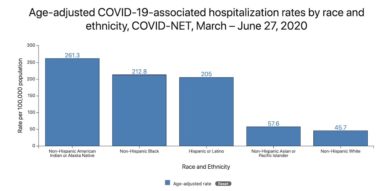
Structural inequities create vulnerabilities. African-American and Latinx residents are more likely to work the blue-collar jobs that are deemed essential, including food service, transportation, and custodial jobs, or work for hourly wages in the “gig” economy.[1] This makes too many unable to work from home or to lean on savings or job security in order to practice social distancing. They are less likely to be homeowners, and more likely to live in multigenerational households, with children in close contact with elders.[2] Black, brown and Indigenous communities also suffer disproportionate rates of incarceration and detention that increase the risk of contracting the virus.
Structural vulnerabilities manifest in comorbidities. Structural vulnerabilities manifest in comorbidities. Each of the comorbidities known to exacerbate the course of COVID-19 is more prevalent among African American, Latinx, and Native American communities. Long-standing environmental racism has polluted the air in “underprivileged” districts, increasing asthma rates. Corn and sugar subsidies have made obesogenic foods more available and affordable to the poor than healthy ones, driving up diabetes. The underlying determinants of hypertension are complex, but more significantly social and environmental than genetic.[3]
These conditions are all compounded by unequal treatment of racial and ethnic minorities within the healthcare system. Institutional and interpersonal racism in medicine remains pervasive, from health systems policy to clinical practice, impacting who is tested, who has access to good health insurance, as well as how patients are treated. Institutional and interpersonal racism in medicine remains pervasive. Lower rates of health insurance on top of unconscious bias lead to systematic undertreatment of pain, less communication with patients and restricted treatment options, with significant differences in race-stratified mortality.[4]
The costs of neglect exacerbate the harm of COVID-19. As the number of middle-income earners has slowly dwindled, with a higher percentage of full-time workers living at or below the federal poverty line, the number of people who are unhoused and living on city streets has increased – putting them at increased risk of exposure to the virus. Even those still housed may lack access to basic utilities. Without running water, families are not able to safely shelter-in-place, nor practice handwashing, one of the most basic preventive measures against the virus’ spread.
Unfortunately, the United States is only one of several “liberal democracies” that have been separated by socioeconomic status and ripped apart by racism. As COVID-19 is spreading through populations around the globe, it follows these clear rifts in our societies. If the response remains focused on the needs of those with the privilege to shelter-in-place, work from home, and order delivered groceries, we systematically neglect countless people.If the response remains focused on the needs of those with the privilege to shelter-in-place, work from home, and order delivered groceries, we systematically neglect countless people. Under these logics of triage,[5] society will continue to splinter, worsening the death toll from this pandemic and potentiating future global health disasters.
To mount an effective response and recover from this crisis in the United States and globally, we need to bridge what divides us and repair what endangers us. We need to broaden the horizon of health equity and expand safety, security and benefits for all workers – especially those with an hourly wage or with limited contracts and protections. We need to grow investments in housing for communities made vulnerable by discriminatory policies. We need to address sociopolitical fissures and redress structural inequities, or we will deepen inequities that divide us, and kill many of us prematurely.
[1] Michael Hout, “Employment”, in State of the Union: The Poverty and Inequality Report, Stanford Center on Poverty and Inequality, ed., special issue, Pathways Magazine, 2017.
[2] Matthew Desmond, “Housing”, in State of the Union.
[3] Flávio D. Fuchs, “Why Do Black Americans Have Higher Prevalence of Hypertension? An Enigma Still Unsolved”, Hypertension 57, no. 3 (2011): 379–80.
[4] Kevin Fiscella and Mechelle R. Sanders, “Racial and Ethnic Disparities in the Quality of Health Care”, Annual Review of Public Health 37 (March 2016): 375–94.
[5] Vinh-Kim Nguyen, The Republic of Therapy: Triage and Sovereignty in West Africa’s Time of AIDS (Durham, NC: Duke University Press Books, 2010).
Acknowledgements
This statement emerges from an ongoing research collaborative with several colleagues at the University of California, Berkeley and San Francisco, including Adeola Oni-Orisan, MD, PhD, Nadia Gaber, MD, PhD, Carlos Martinez, PhD candidate, Liza Buchbinder, MD, PhD, Denise Herd, PhD, and Seth Holmes, MD, PhD. My perspectives have been shaped by their ethical commitments and intellectual labour.
PODCAST: Inégalités, anthropologie et développement – Gilbert Rist
Graduate Institute, Geneva.
PODCAST: Inequalities and Humans Rights – Irene Khan
Graduate Institute, Geneva
RESEARCH DOCUMENTARY: Inequality and Conflict – Beyond Us and Them
Realised and financed by the the FNS, and strongly supported by the Gender Centre (Graduate Institute, Geneva), this research documentary film is the result of a participatory filmmaking process and presents three projects conducted in Guatemala, Nigeria, Sri Lanka and Indonesia within the Social Conflicts module of the Swiss Programme for Research on Global Issues for Development (r4d programme). It features the research context and findings of the Gender Centre’s project “The Gender Dimensions of Social Conflicts, Armed Violence and Peacebuilding”.
TV NEWS: Hustlers vs Dynasties: Experts Warn Kenyans against the Narrative
The Youtube NTV Kenya channel
Thomas Piketty and the Inequality Economists
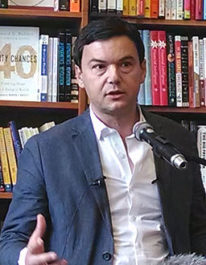 Thomas Piketty at the reading for Capital in the Twenty-First Century on 18 April 2014 at the Harvard Book Store in Cambridge, Massachusetts.
Thomas Piketty at the reading for Capital in the Twenty-First Century on 18 April 2014 at the Harvard Book Store in Cambridge, Massachusetts.Over the last decade, a vivid scholarly debate over the issue of inequality and its drivers has taken place among economists and attracted a lot of public attention. It includes, most prominently, Thomas Piketty and other French economists such François Bourguignon, Thomas Philippon, Emmanuel Saez and Gabriel Zucman but also Anglo-Saxon scholars such as Anthony Atkinson, Joseph Stieglitz and Branko Milanovic. Piketty landed an Amazon’s best-seller with his book Capital in the Twenty-First Century (2014), in which he argues that welfare states and social policies are the exception in history while the general tendency under capitalist conditions is for inequality to rise as the returns to capital are greater than the general rate of economic growth. Piketty therefore opposed previous theories, such as Simon Kuznets’ U-shape model assuming that under capitalism inequality first rises to subsequently decline with the apparition of redistributive mechanisms and policies. From Piketty’s perspective, the “egalitarian” decades from the 1930s to the 1970s, while constituting an exception, also prove that economic inequality is not predetermined but may be acted upon through political and social measures. Others such as Branko Milanovic have argued for more cyclical approaches to inequality, suggesting that it is sporadically checked by wars, plagues and demographic disruptions that are exogenous to the market.
Further readings:
- Robert H. Wade, “The Piketty Phenomenon and the Future of Inequality”, real-world economics review, no. 69 (7 Oct. 2014): 2–17.
- Mike Savage, “An Interview with Thomas Piketty, Paris 8th July 2015”, Working Paper no. 1, International Inequalities Institute, LSE, September 2015.
Measuring Inequality

Inequality measurement can take many forms. Depending on what kind of inequality is being measured (economic, health, education, etc.), different types of indicators will be used (revenue, wealth, average years of schooling, life expectancy…). Measuring inequality further depends on the units of measurements (individuals, households, tax-paying units, etc.) and the types of entities/groups that are being compared. Measuring inequality across country or regions thus differs from measuring inequality within a given society (e.g., between specific segments of a given population) or between citizens globally.
Gini Index
The most common index to measure economic inequalities in terms of revenue or wealth is the Gini coefficient. It measures the extent to which the distribution of income across a society deviates from a perfectly equal distribution. It is based on the Lorenz curve, which represents the cumulative proportion of the population on the horizontal axis and the cumulative proportion of income on the vertical axis. If one person earned all income (maximum inequality) the Gini coefficient would be equal to 1. If income was shared equally between all, the Gini coefficient would equal 0.
Palma Index (or Ratio Measures)
Ratio measures compare how much revenue or wealth is held by a specific segment of the population as compared to another. They allow to adjust for the Gini index’s oversensitivity to changes in the middle of the distribution. The Palma ratio, for instance, measures the share of national income of the top 10% compared to that hold by the lower 40%. In more equal societies this ratio will be 1 or below but in very unequal societies it might go up to 7.
Theil Index
Theil indexes, finally, measure inequality in terms of how wealth or revenue is spread among different regions (e.g. urban and rural).
For further reading:
- UNDESA, Inequality Measurement, Development Issues no 2, 21 October 2015
- GSDRC, “Measuring Inequality”
Debate on Inequality and the Social Contract

Liberty and equality entertain an uneasy and fraught relationship. How to reconcile the two has been one of political theory’s central quandaries. Proponents of radical approaches to political equality such as Rousseau have argued that equality may only come at the prize of providing a narrow – or positive – definition of freedom. An approach that has also been applied by the French revolutionaries who, most notably during the Reign of Terror (1793–1794), applied a strict definition of what it meant to be free under republican conditions. Liberal proponents, on the other hand, have preferred a negative approach to freedom – privileging being free over being equal – by confining equality to law and reserving freedom to the private realm of individual expression. The radical impetus of equating being free to being equal may thus be opposed to the liberal impetus of equating being free to being different.
Political philosophers have further debated on whether inequality stems from history – or, as Rousseau suggests in his Second Discourse, from civilisation – and thus depends on human intervention or whether it is an inalterable anthropological constant. Liberals have argued the former, insisting that while inequality remains the norm in nature, it is mankind’s role to tame it through policies and laws (e.g., social contracts). Sociologists such as Gaetano Mosca and Robert Michels have come to the more sobering conclusion that elites are a quasi-permanent fixture of human societies and that, eventually, a minority of actors would come to dominate all political systems, even democracies. John Rawls, finally, proposed an elaborate theory of social justice arguing that the social contract needs to guarantee at once fundamental rights to individuals, equality in terms of opportunities, and that economic inequality is justified only to the extent that it serves to improve the lives of the worst off through redistributive mechanisms.
For further reading:
Jeff Manza, “Political Inequality”, in Emerging Trends in the Social and Behavioral Sciences, ed. Robert Scott and Stephen Kosslyn (John Wiley & Sons, Inc., 2015): 1–17.
